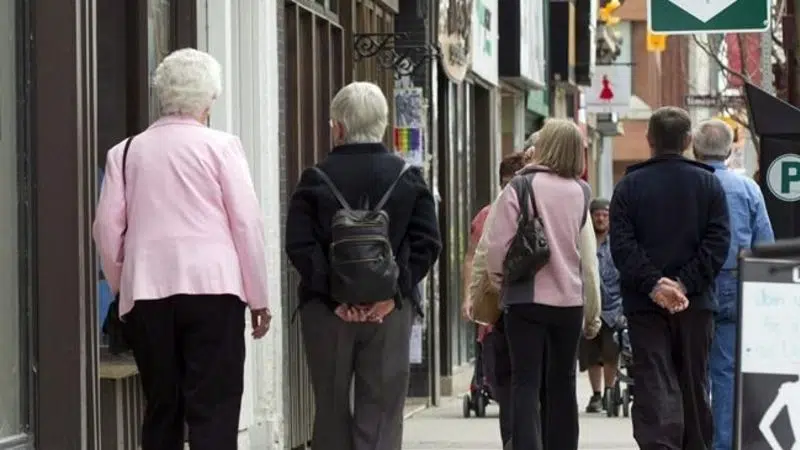
Falls are leading cause for seniors hospitalized due to injury: report
TORONTO — Falls appear to be the leading cause of injuries that land seniors in hospital, according to newly released data from the Canadian Institute for Health Information that has experts calling for more preventative education on the issue.
The data collected from participating hospitals across the country shows that of the roughly 138,000 people aged 65 and older who were hospitalized for injuries between April 1, 2017 and March 31, 2018, 81 per cent of them were hurt in a fall.
The CIHI said it chose to zero in on seniors to help educate the elderly about the injuries most likely to affect them.
“We do have an aging population, so we really wanted to focus on what’s happening to our seniors,” said Nicholas Gnidziejko, manager of clinical administrative databases operations at the non-profit.


